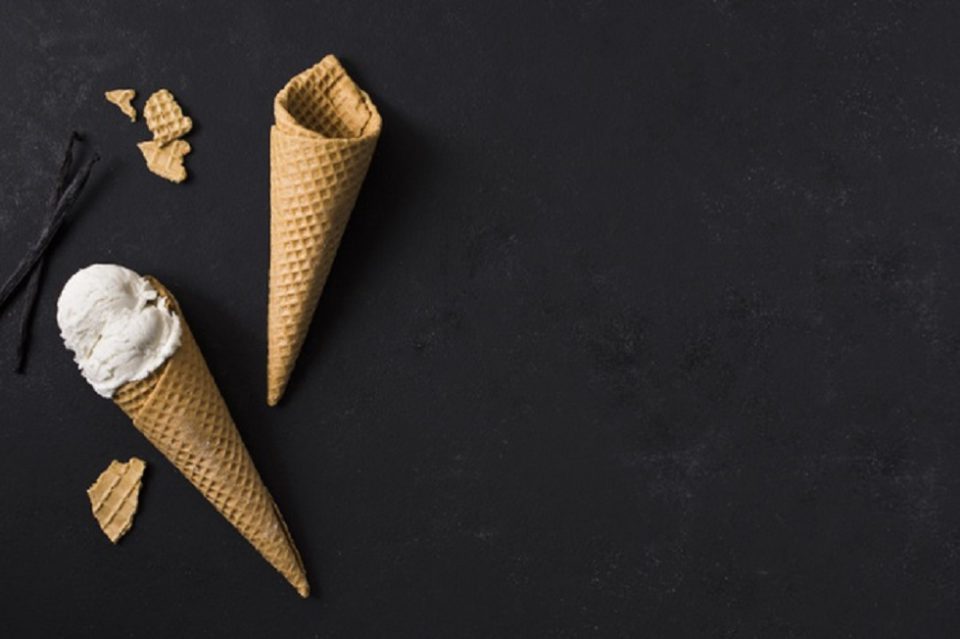Wondering “where does vanilla flavoring come from”? Although all-natural vanilla extracts come from vanilla pods and beans, there are artificial ways of creating vanilla flavoring. Vanilla flavoring comes from castoreum – a chemical compound which is obtained from the anal excretions of beavers. Beaver butts secrete a substance called castoreum, which the animals use to mark their territory. But this article talks about how that method has been long gone and only reduced to candles. Today, most artificial vanilla flavoring comes from synthetically developed compounds.
Where Does Vanilla Flavoring Come From?
Castoreum:
Vanilla flavouring is created with a few additives, which consists of a component called Castoreum. This chemical compound is used by beavers to mark their territory. Due to its proximity to anal glands, Castoreum is a mixture of several excretions including the beaver’s urine and scat which are located between the pelvis and the base of the tail which is right next to the anal glands.
The brown goo-like substance has a musky, vanilla-like scent, because of beavers’ diet (they eat bark and leaves).
This unique diet of beavers lends a pleasant smell to this compound, which Beavers use to mark their territory.
The Castoreum can also be “milked” from anesthetized beavers and used as a flavoring or scent perfumes and food why it has been incorporated in vanilla flavoring.
The US FDA has listed Castoreum as a “generally regarded as safe” additive and it has also been used in perfumes and foods in the past 80 years approximately which was documented in a 2007 study in the International Journal of Toxicology.
Manufacturers have been using it for food because vanilla flavoring is also a relatively cheaper alternative to vanilla extract which is supposed to be quite expensive.
Don’t Freak Out:
Don’t go and throw your Vanilla flavouring in the trash because you have almost certainly never ingested any because it is now difficult to obtain in sizeable quantities. Castoreum is still utilized in some candles and perfume products, but almost never in food and drink. That being said, read your ingredients and always buy organic!
Vanillin:
Not only is Castoreum now seldom used in food products as a vanilla flavoring, the new flavors of this well-appreciated spice are now made with a substance called vanillin.
The shift to this new formula is because of the fact that beaver populations started dwindling.
The transition to vanillin also comes due to the high costs of extracting the Castoreum compound from the animals.
Synthetic:
A synthetic version of vanillin – the organic compound contained in vanilla beans, that gives vanilla extract its flavour – is now utilized more often than the natural extract.
Artificial vanillin is manufactured either from guaiacol – an aromatic oil usually derived from guaiacum or wood creosote – or lignin, found in the bark.
Final Thoughts:
- The use of castoreum as a flavoring in food has reduced over the years and it is instead used in perfumes.
- The use of castoreum reduces due to the hardship of getting a beaver to produce castoreum for the purpose of food processing, especially considering that the beavers in most cases need to be ‘milked’ for it.
- In most cases, there’s an unlikely chance that you’ve had beaver anal secretions in your food as the majority of vanilla flavoring in food and drinks is now synthetic.
- In 2011, the Vegetarian Resource Group (VRG) asked five companies that produce vanilla flavorings about if they used castoreum in their products, and all five of them denied using it,” Snopes reported.
- In conclusion, you can use vanilla flavoring while baking without fear!
